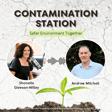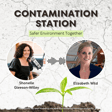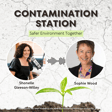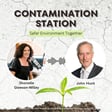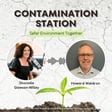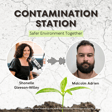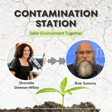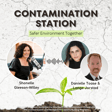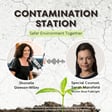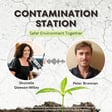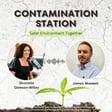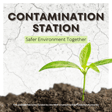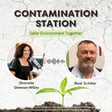
Legacy Landfill Remediation with Jayden Pan
Jayden Pan is a Legacy Sites Project Officer at Hornsby Shire Council, part of the team responsible for the Foxglove Oval Remediation Project, a legacy landfill in Mount Colah, NSW. Jayden’s role involves managing the complex remediation of this site, utilizing his background in environmental consulting and landfill monitoring.
In this episode, Jayden discusses his journey from environmental consulting to working with legacy landfill sites at Hornsby Shire Council. He shares insights into the Foxglove Oval Remediation Project, detailing the challenges of managing methane gas emissions, leachate, and the environmental impact of old landfill sites.
You will learn about the key steps in remediating legacy landfills, the importance of community engagement, and how Hornsby Shire Council is working to innovate and apply modern solutions to manage contaminated land.
Jayden also highlights the unique complexities of balancing regulatory requirements with practical, site-specific challenges, and how empathy and clear communication are essential when working with affected communities.
-----
Are you a local NSW council member looking for more resources like this?
You are invited to join the Local Government NSW Contaminated Land Network!
Local Government NSW (LGNSW) hosts a free, online network for council staff on the topic of contaminated land. The network includes an online forum for collaboration, information sharing and announcements about contaminated land regulation, guidance and training opportunities. Monthly meetings are held on themes that were set by the network participants, with presentations from regulators, technical experts, and case studies by councils.
Since the contaminated land network commenced in December 2023, more than 50% of NSW councils have joined, with over 200 participants. Feedback shows that councils are benefitting greatly from the network meetings and discussion on the platform, and we are pleased to invite you to join us.
To join the network, please use this link: https://lgsa.wufoo.com/forms/w1rf0os910rxyl6/
The Contaminated Land Network forms part of a project called “Councils Managing Contaminated Land Together” funded by the NSW Environment Protection Authority (NSW EPA) to support capacity building and informed decision-making by those involved in contaminated land management in councils. The project also comprises a webpage with up-to-date information and links to resources, which can be accessed here.
We hope to see you on the network soon!

